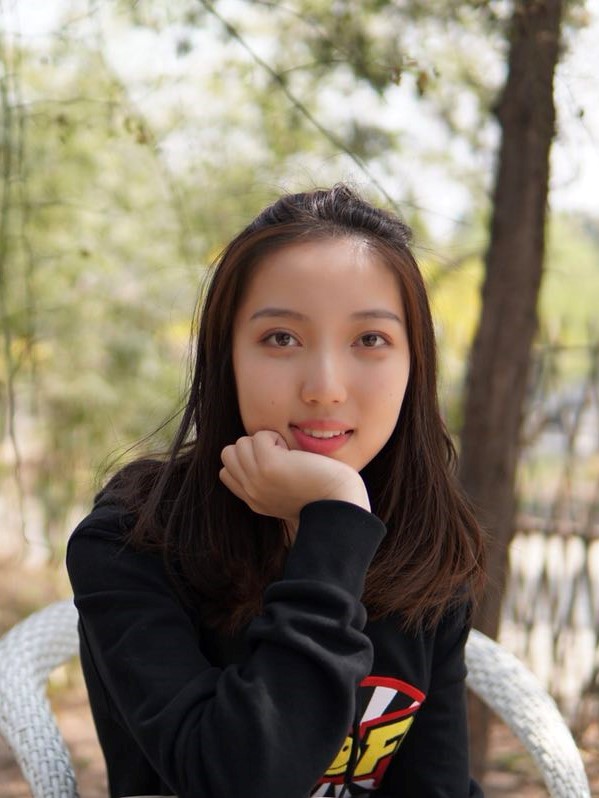Hypergraph Induced Convolutional Networks for Visual Classification
Published in IEEE Transactions on Neural Networks and Learning Systems, 2019
Heyuan Shi, Yubo Zhang, Zizhao Zhang, Nan Ma, Xibin Zhao, Hai Wan, Yue Gao, Jiaguang Sun, "Hypergraph Induced Convolutional Networks for Visual Classification". IEEE Transactions on Neural Networks and Learning Systems, 2019.
Abstract
At present, convolutional neural networks (CNNs) have become popular in visual classification tasks because of their superior performance. However, CNN-based methods do not consider the correlation of visual data to be classified. Recently, graph convolutional networks (GCNs) have mitigated this problem by modeling the pairwise relationship in visual data. Real-world tasks of visual classification typically must address numerous complex relationships in the data, which are not fit for the modeling of the graph structure using GCNs. Therefore, it is vital to explore the underlying correlation of visual data. Regarding this issue, we propose a framework called the hypergraph-induced convolutional network to explore the high-order correlation in visual data during deep neural networks. First, a hypergraph structure is constructed to formulate the relationship in visual data. Then, the high-order correlation is optimized by a learning process based on the constructed hypergraph. The classification tasks are performed by considering the high-order correlation in the data. Thus, the convolution of the hypergraph-induced convolutional network is based on the corresponding high-order relationship, and the optimization on the network uses each data and considers the high-order correlation of the data. To evaluate the proposed hypergraph-induced convolutional network framework, we have conducted experiments on three visual data sets: the National Taiwan University 3-D model data set, Princeton Shape Benchmark, and multiview RGB-depth object data set. The experimental results and comparison in all data sets demonstrate the effectiveness of our proposed hypergraph-induced convolutional network compared with the state-of-the-art methods.
